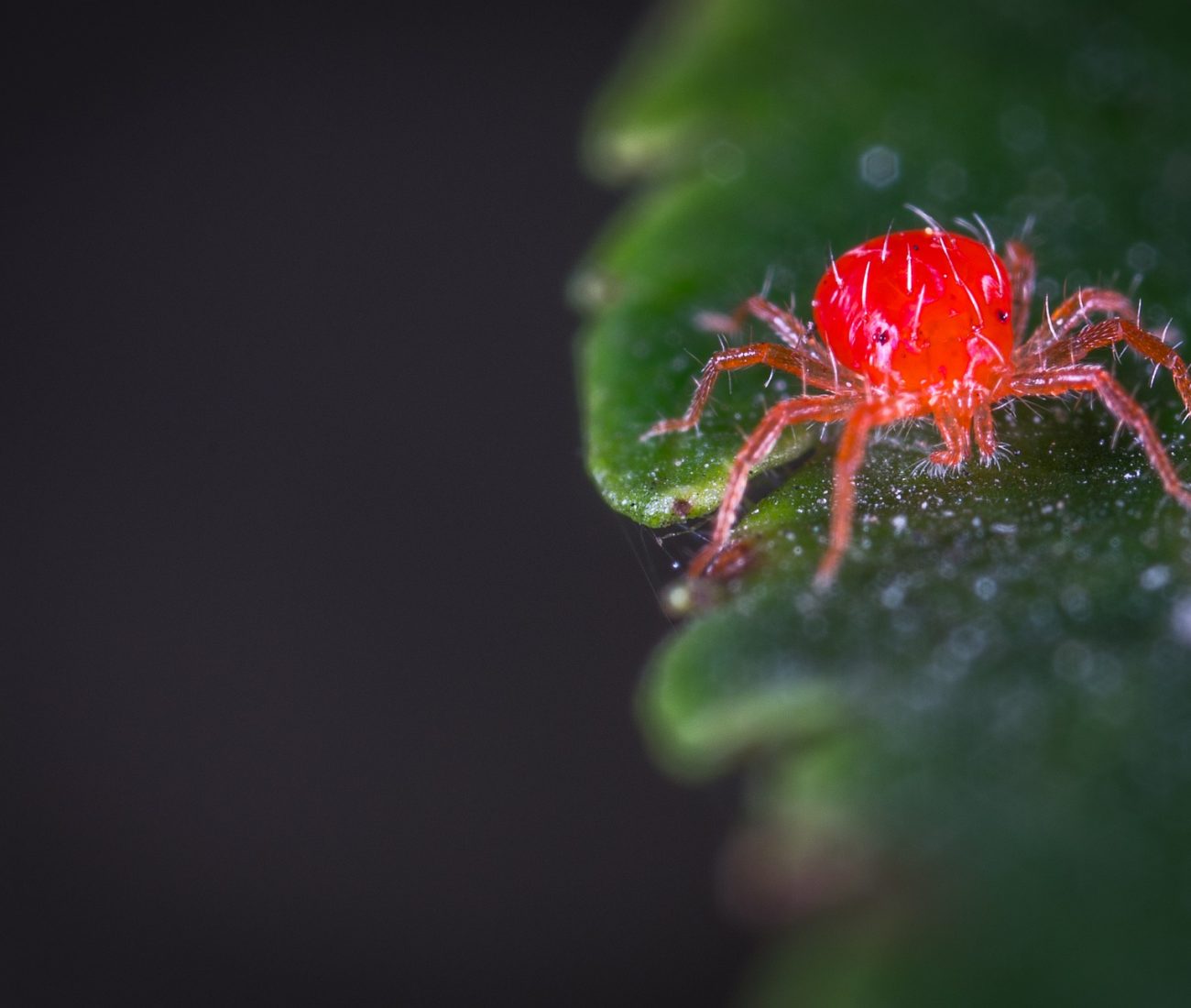Choosing the right method to get rid of spider mites is key for me. What kinds of plants are involved, how bad the infestation is, and whether I’d rather use natural or chemical solutions are things I need to think about.
It’s important to be sure you have spider mites before you try to get rid of them. These tiny bugs can do a lot of damage to indoor plants, and finding them early is the best way to stop a bigger problem.
If you’re a croton plant parent, you’re likely familiar with the scourge of spider mites These tiny pests seem to love attacking crotons, showing up time and time again Getting rid of spider mites on crotons and preventing future infestations takes diligence and persistence. In this comprehensive guide, we’ll cover everything you need to know to conquer spider mites on your croton plant.
What are Spider Mites?
Spider mites are tiny sap-sucking pests that get their name from their webbing. They spin fine webs on plant leaves and stems where they feed, lay eggs and shelter. An infestation often starts from just a few mites rapidly multiplying into a colony of hundreds.
Spider mites thrive in hot, dry conditions. Common symptoms of an infestation include:
- White or yellow speckling on leaves
- Fine webbing on stems and undersides of leaves
- Stunted new growth
- Leaf drop
- Wilting or death of the plant
They do the most damage during summer and fall Without treatment, spider mites can quickly kill a plant.
Why Crotons are Susceptible to Spider Mites
Crotons are prized for their colorful, tropical foliage. But this very feature makes them so prone to spider mites. Here’s why crotons are so vulnerable:
- Thin leaves – The thin, delicate leaves of crotons provide little defense against piercing-sucking pests. Mites easily penetrate the leaf surface to feed.
- High temperatures – Crotons prefer warm conditions around 70°F, which spider mites also thrive in. This gives them the ideal environment.
- Low humidity – Spider mites proliferate in hot, dry air. Crotons prefer 40-60% humidity, while mites like levels under 40%.
- High oil content – The vibrant pigments in croton leaves come from higher oil content. Spider mites are attracted to these oils.
- Tender new growth – The frequent new shoots of croton plants give mites a continual food source.
Getting Rid of Spider Mites on Croton Plants
If your croton has spider mites, taking prompt action is key. Here are effective treatments:
Insecticidal Soap
Insecticidal soaps smother and kill mites on contact. Spray plant leaves, stems, and undersides directly. Apply every 5-7 days for 3-4 weeks to break the reproductive cycle.
Neem Oil
The natural neem oil disrupts the feeding, molting, and egg laying of spider mites. Coat all plant parts thoroughly and reapply every week.
Horticultural Oils
These oils suffocate mites, especially effective on eggs and young larvae. Use a 0.5-2% solution and spray leaves thoroughly. Reapply after 7-14 days if needed.
Pyrethrin Sprays
Pyrethrin insecticides are made from chrysanthemum extracts. They quickly knock down adult mites but can flare up populations as eggs hatch. Rotate treatments with other methods.
Predatory Mites
Beneficial predatory mites feed on spider mites. Apply 2-3 times every 5-7 days according to label instructions. They establish colonies that provide ongoing control.
Azadirachtin
This organic neem extract disrupts the mite growth cycle. It’s less harmful to beneficial insects. Spray every 7-14 days for a few weeks.
Make sure to coat all leaf surfaces, especially the undersides of leaves where mites hide and lay eggs. Always follow label directions carefully.
Preventing Spider Mites on Croton Plants
An ounce of prevention is worth a pound of cure when it comes to spider mites on crotons. Here are some tips:
- Provide proper humidity of 40-60% for crotons.
- Avoid high temperatures above 85°F which encourage mites.
- Hose plants down or shower periodically to wash away webs and mites.
- Keep plants spaced for good air circulation to deter mites.
- Apply a layer of diatomaceous earth on top of the soil to prevent mites from crawling up.
- Use reflective mulches around plants to repel mites.
- Release predatory mites or other beneficial insects early in the season.
- Scout for early signs of mites like stippling and act fast.
- Quarantine and treat new plants in case they have mites.
Keeping conditions unfavorable for mites is key. But even with good care, crotons may still occasionally get spider mites. Having a management plan ready allows you to nip any infestations in the bud.
Other Croton Plant Care Tips
Taking proper care of your croton will help keep it healthy and better able to withstand pests. Here are some overall croton growing tips:
- Place in bright, direct light indoors near a sunny window.
- Allow the top inch of soil to dry between waterings.
- Mist leaves often to provide needed humidity.
- Feed monthly during growth period with balanced fertilizer.
- Repot in spring every 2-3 years as needed.
- Prune back leggy growth to shape plant.
- Propagate by stem cuttings for more plants.
- Bring indoors before frost as crotons are not cold hardy.
With extra attention to conditions and regular scouting, you can deter pesky spider mites from invading your croton plants. Consistency is key as mites often come back without diligent treatment. But armed with the right knowledge, you can gain the upper hand against these top croton pests.
Signs of Spider Mites
Spider mites are very small and can’t always be seen with the naked eye. This makes them hard to find in the early stages of an infestation. However, certain telltale signs can alert you to their presence:
- Leaf Discoloration: Leaves that are infected may lose their color and look dull or gray, with yellow spots.
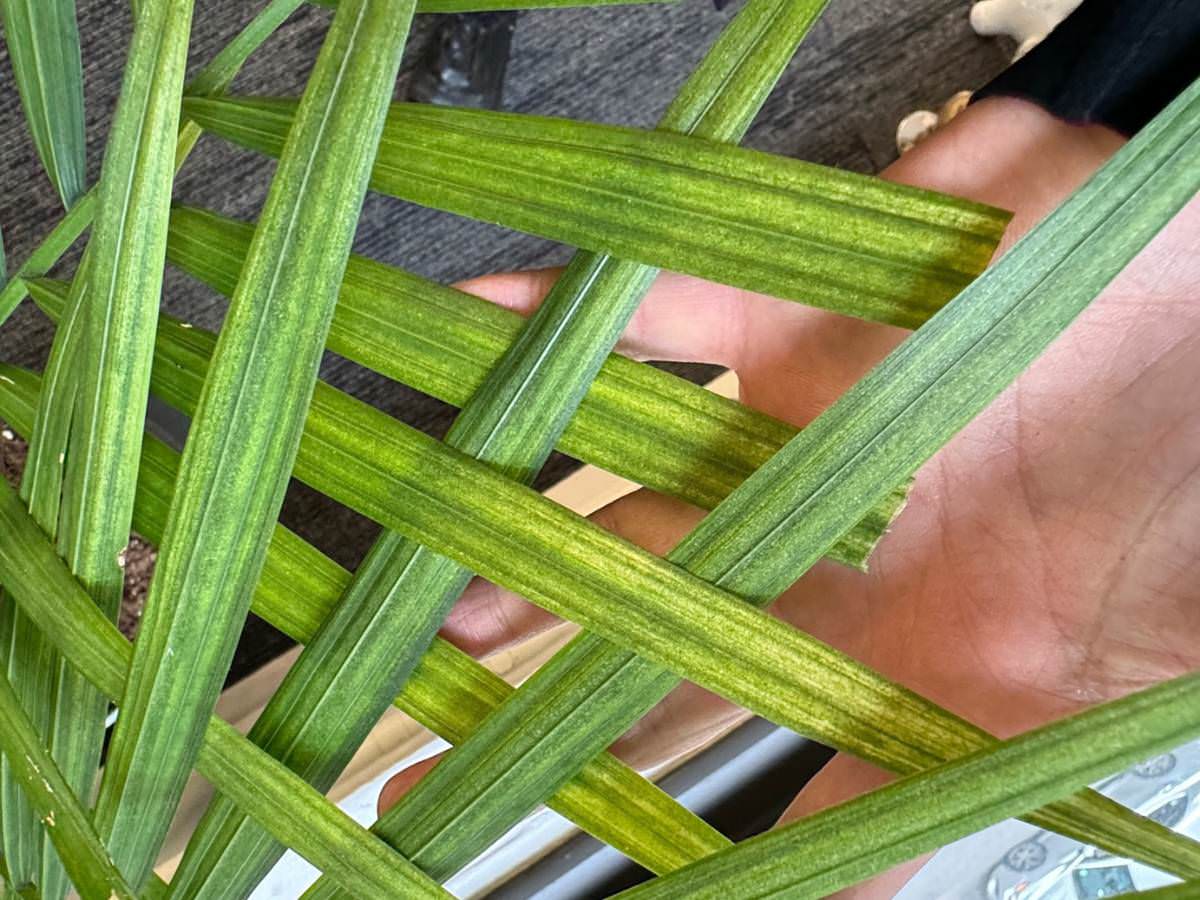
- Fine, silky webbing on the undersides of leaves or between leaf joints is a clear sign that spider mites are present.

- Changes in texture: If mites and their eggs are on the leaves, they may feel rough or sandy.
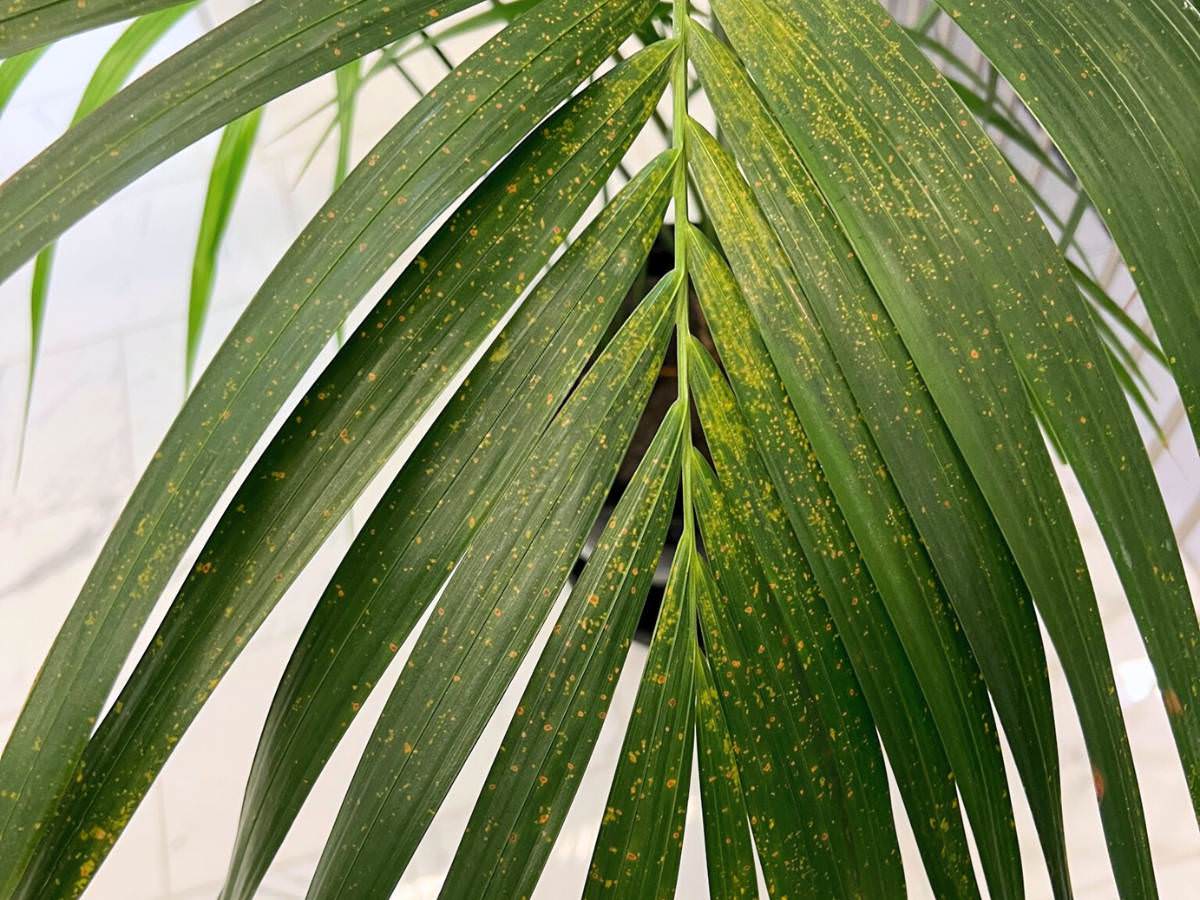
To confirm these signs and understand how to get rid of spider mites, use a magnifying glass. This will help you spot the tiny spiders themselves, which may be red, yellow, green, black, tan, or brown, and even see them moving on their webbing. The color of spider mites can change depending on their species, developmental stage, and the host plant they are feeding on. They’re tiny, so careful inspection is necessary.
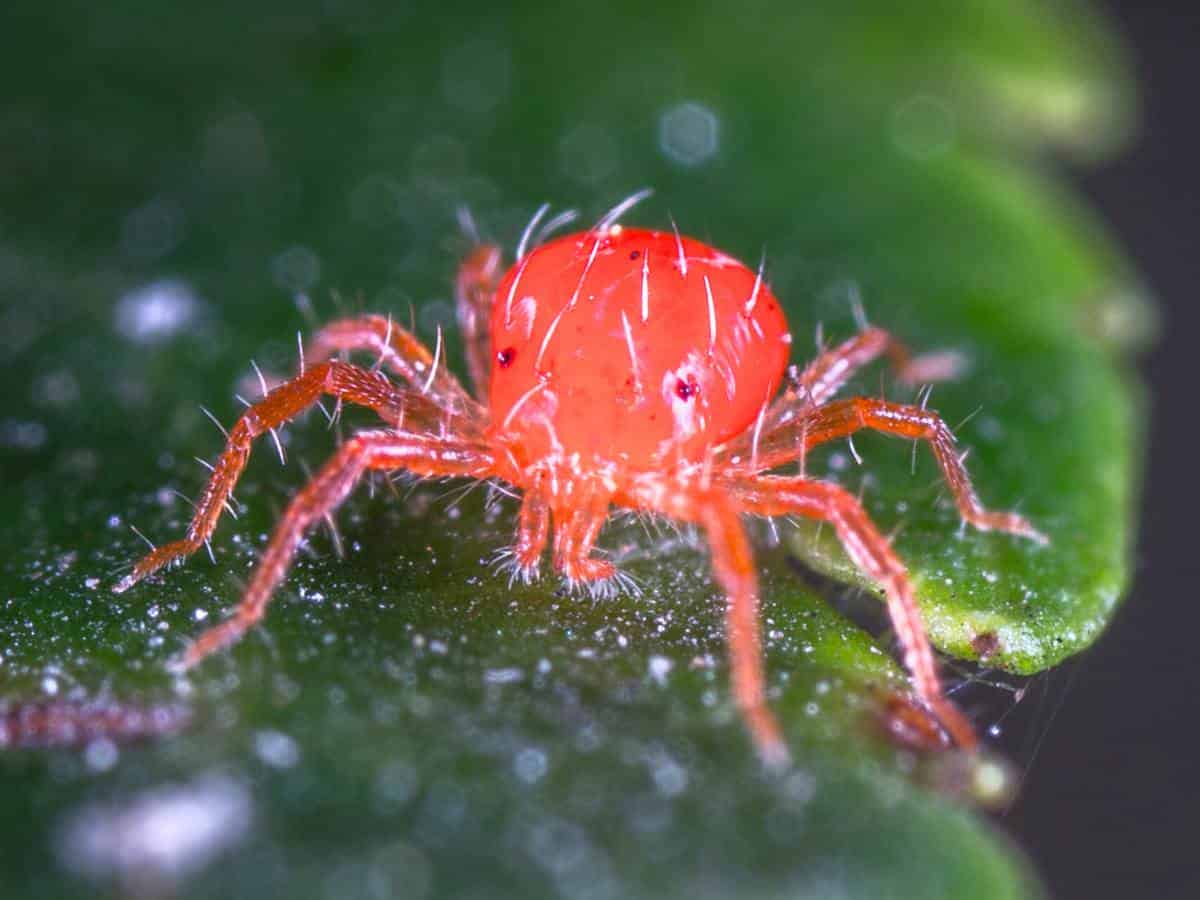
By checking your plants often, especially the undersides of leaves and the joints between stems, you can catch an infestation early and have a much better chance of getting rid of it.
Light to moderate infestation can be successfully treated.
I would suggest getting rid of a plant that has a lot of bugs and replacing it with a new one to start over.
When I check my plants for spider mites, I start with the leaves and look for the stippling and discoloration I already talked about.
I examine closely, checking both the tops and bottoms of the leaves. The stems may also show signs of distress, like a gritty texture, that can indicate mite activity.

Spider mites can spread quickly, especially in warm, dry places, so it’s important to check for them often and know how to get rid of them. If you see webs or think there are pests on a plant, you should immediately separate it from other indoor plants to stop the pests from spreading.
How can I prevent spider mites from infesting my indoor plants?
When it comes to keeping spider mites away from my houseplants, I find that learning how to stop them from coming is better than dealing with an infestation. I keep these pests away by making sure the humidity is just right and following the right ways to take care of plants.

Spider mites are tiny pests that can cause significant damage to your indoor plants if left unchecked. Here are straightforward steps I take to prevent their infestation:
Maintain Adequate Humidity: Spider mites thrive in dry environments. By increasing the humidity around my plants, I make conditions less favorable for them.
Misting: I frequently mist my plants or use a humidifier to maintain higher humidity levels.
Water Wisely: Overwatering can stress plants, making them more susceptible to pests. I ensure that I only water my houseplants as needed.
Check for Pests: Before bringing new plants into my home, I make sure they are free of spider mites and other pests.
Cleanliness: I keep the plant area clean and dust-free, as dust can harbor spider mites. Cleaning the leaves of my plants gently with a damp cloth can remove dust and possibly mites.
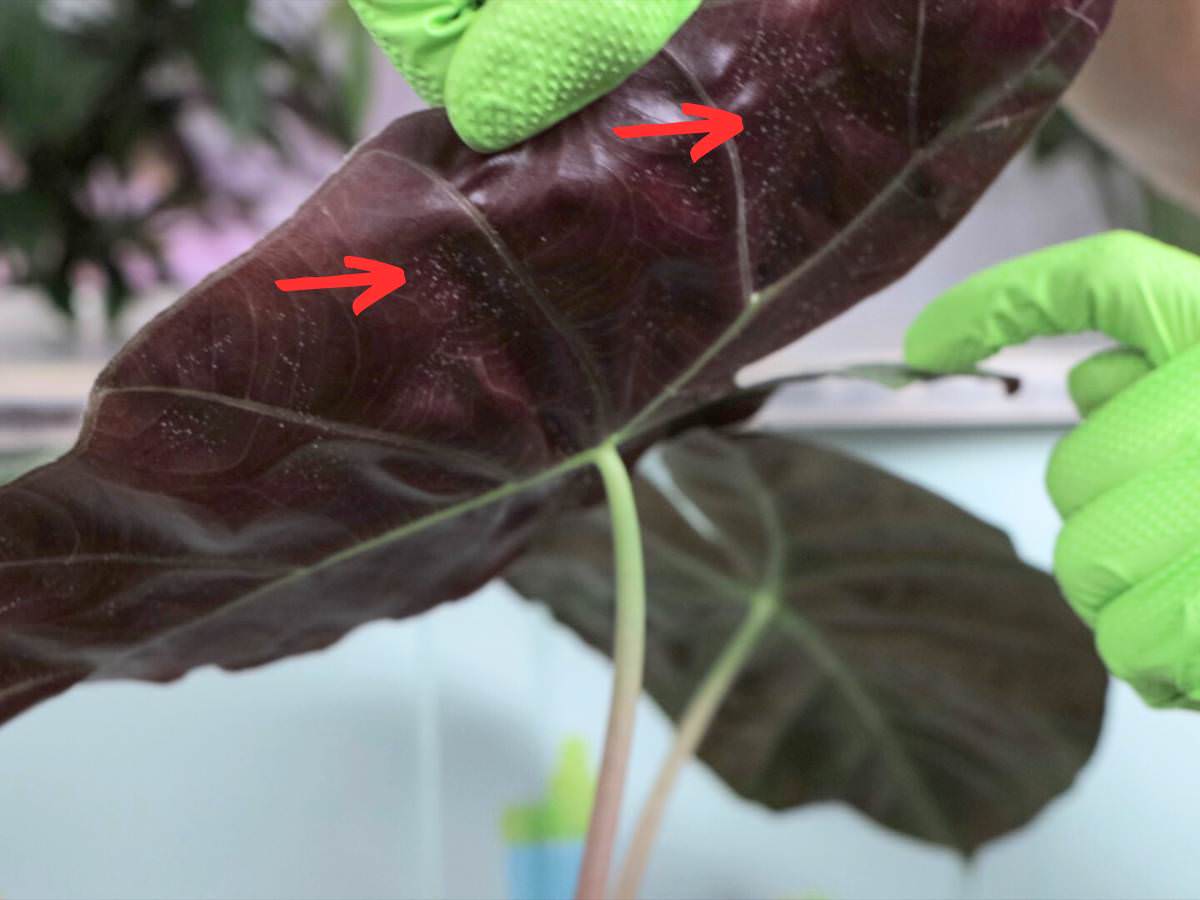

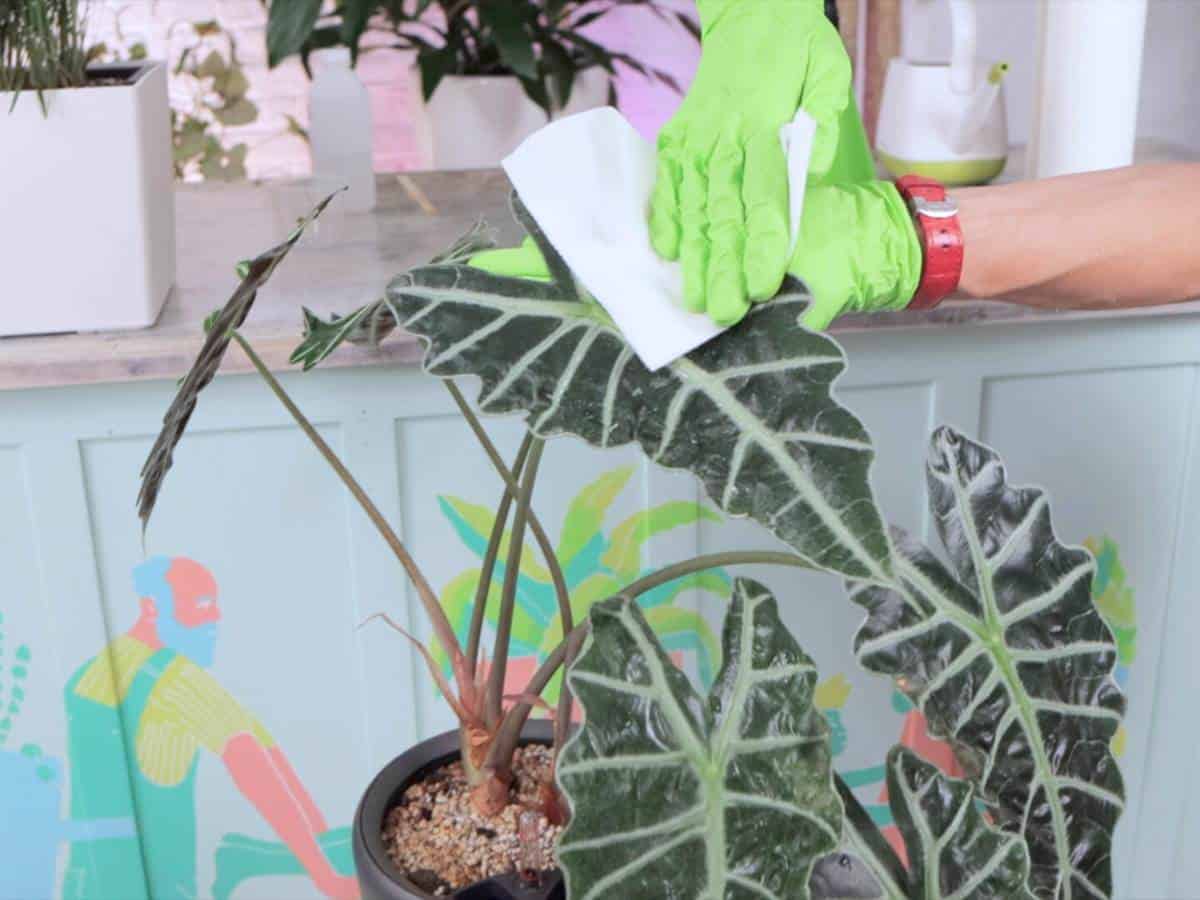
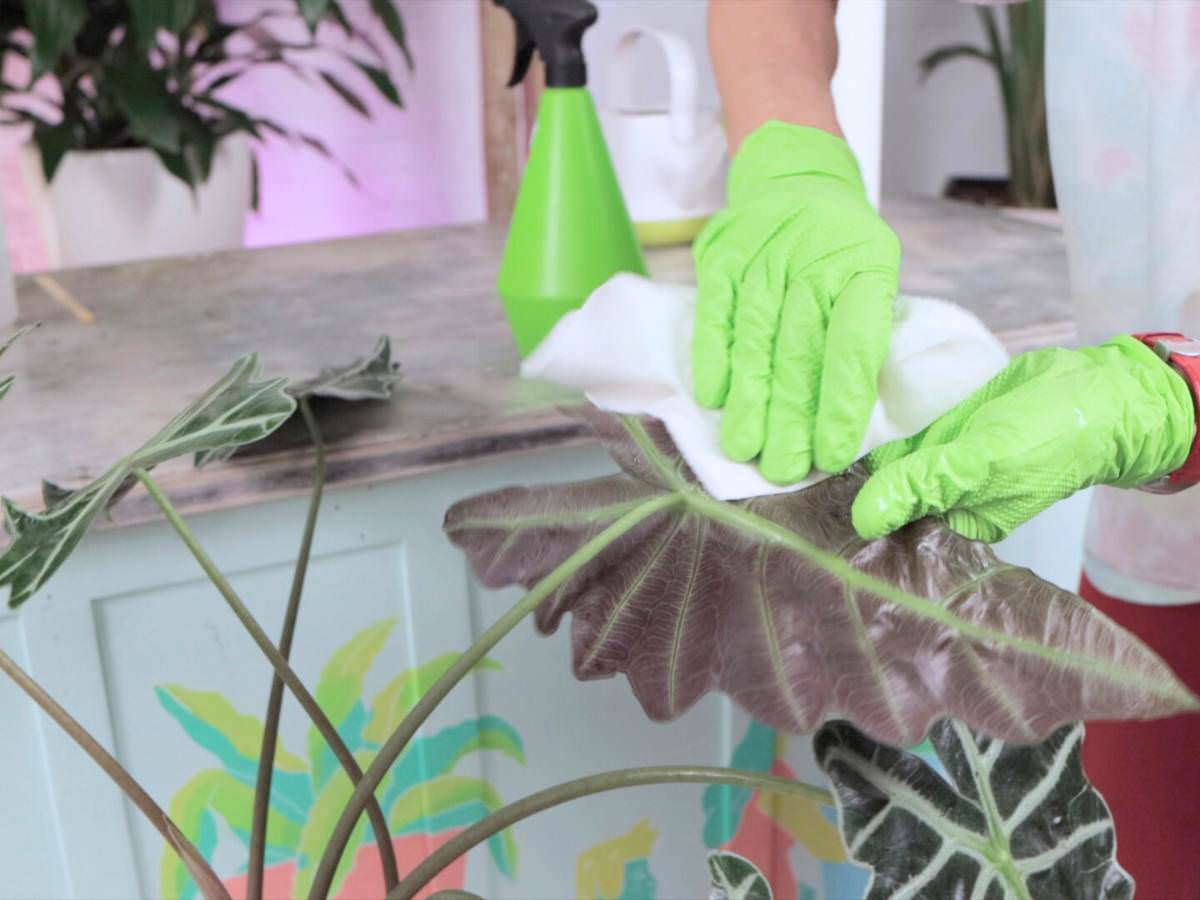
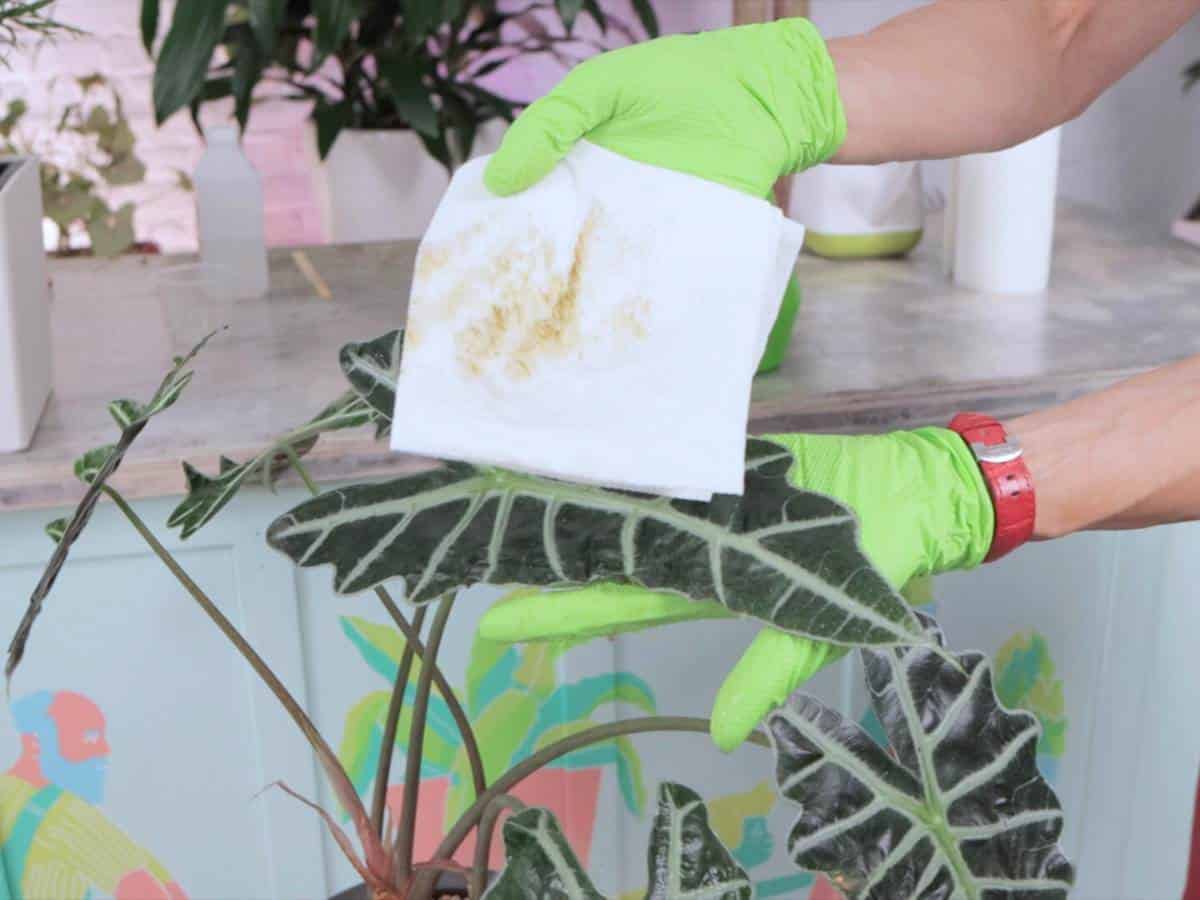
Super Simple Spider Mite Control and Prevention
Do crotons have spider mites?
Spider mites are common in all houseplants. Most of the time, when Crotons grow under full sun, and you don’t water them properly, they suffer underwatering. The soil turns bone dry. That is when spider mites make their way towards these tropical plants. You will find white spots on the underside of the leaves.
How do spider mites damage plants?
Spider mites can cause extensive damage to both houseplants and outdoor plants.These tiny pests, which look like minuscule spiders, feed on plant sap by piercing plant cells.Here’s how they damage plants: 1.**Webbing**:
Who are these little pests in my Croton?
But who are these little pests? And what can you do to get rid of them and get your Croton back to normal? Crotons are susceptible to many common indoor pests like aphids, fungus gnats, spider mites, scale, mealy bugs, and thrips.
How do you get rid of red spider mites on crotons?
Humidity: Maintain a high humidity, around 40% to 80%. Increasing humidity by misting the Crotons frequently helps decrease the risk of red spider mite attack. Other options include humidifier, pebble trays, placing in bathrooms, and grouping plants. Fertilize: You can feed them with slow-release pellets or liquid fertilizer of NPK 3-1-2.
- The Ultimate Guide to Growing Strawberries in Raised Beds - August 8, 2025
- No-Dig Garden Beds: The Easiest Way to Grow a Beautiful Garden - August 6, 2025
- How to Protect and Preserve Wood for Raised Garden Beds - August 6, 2025

